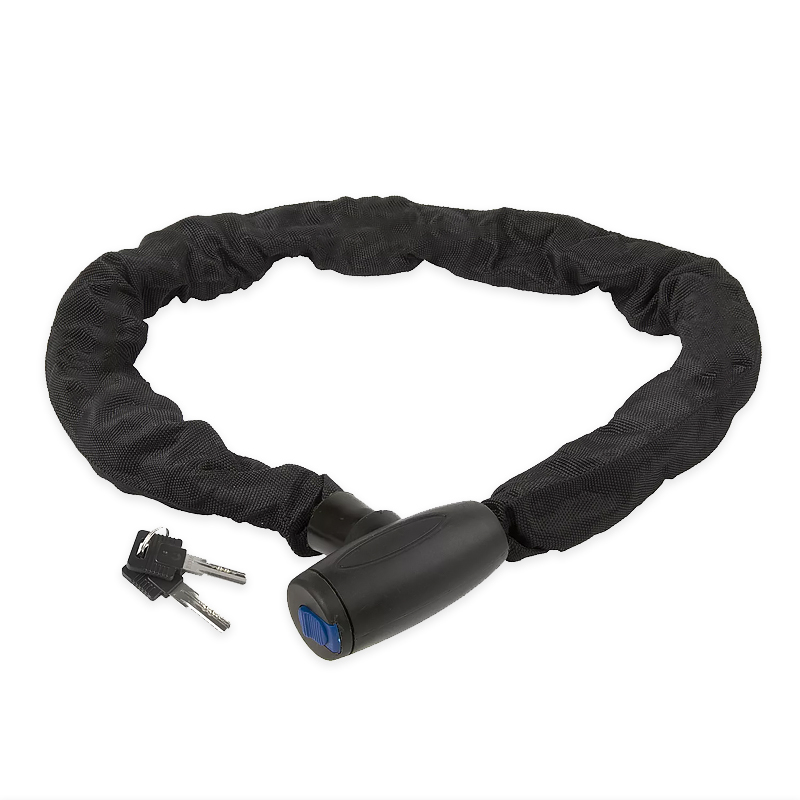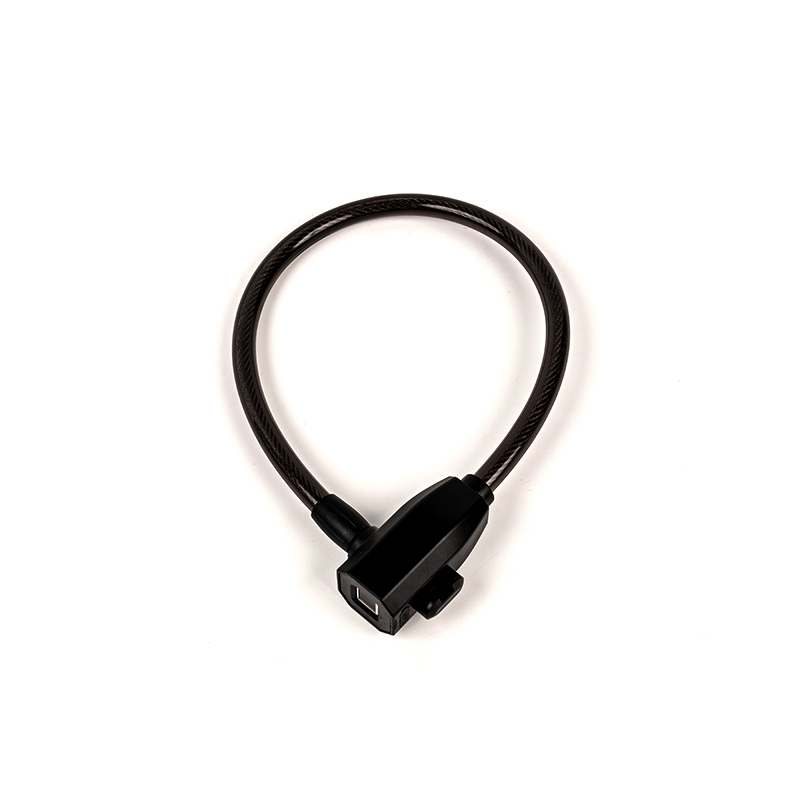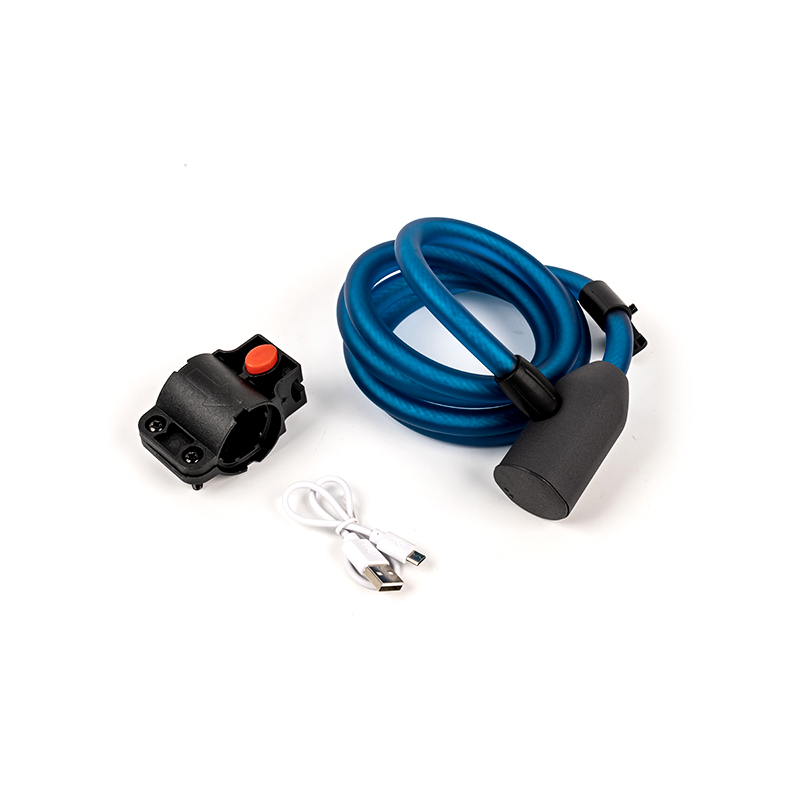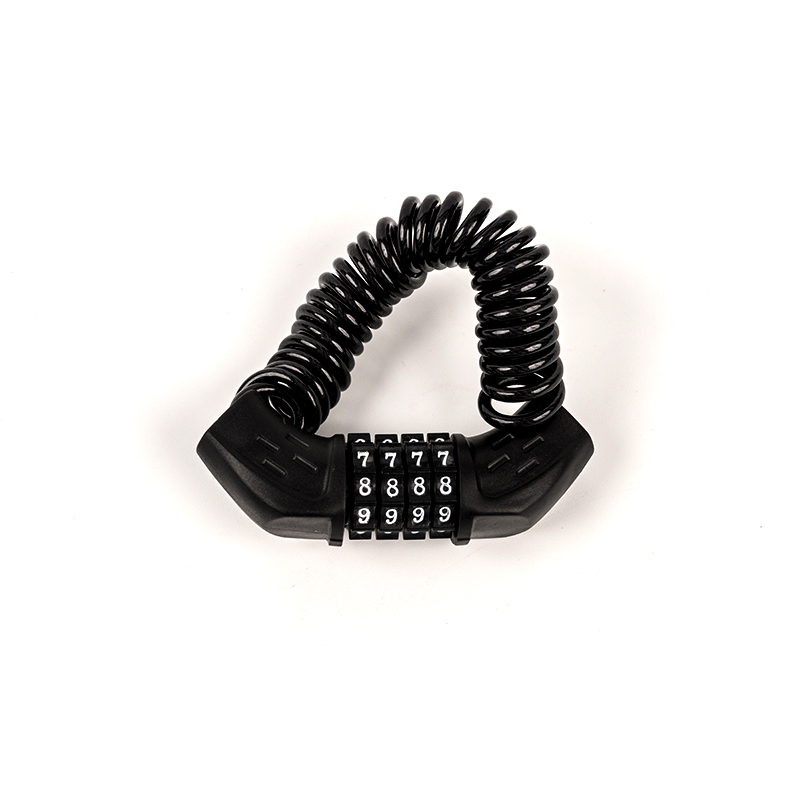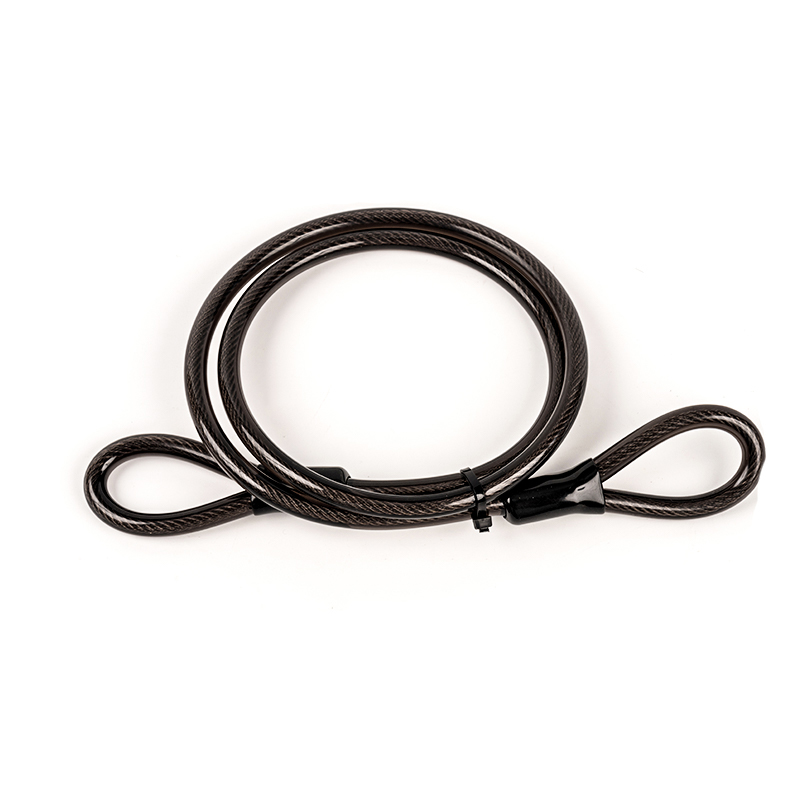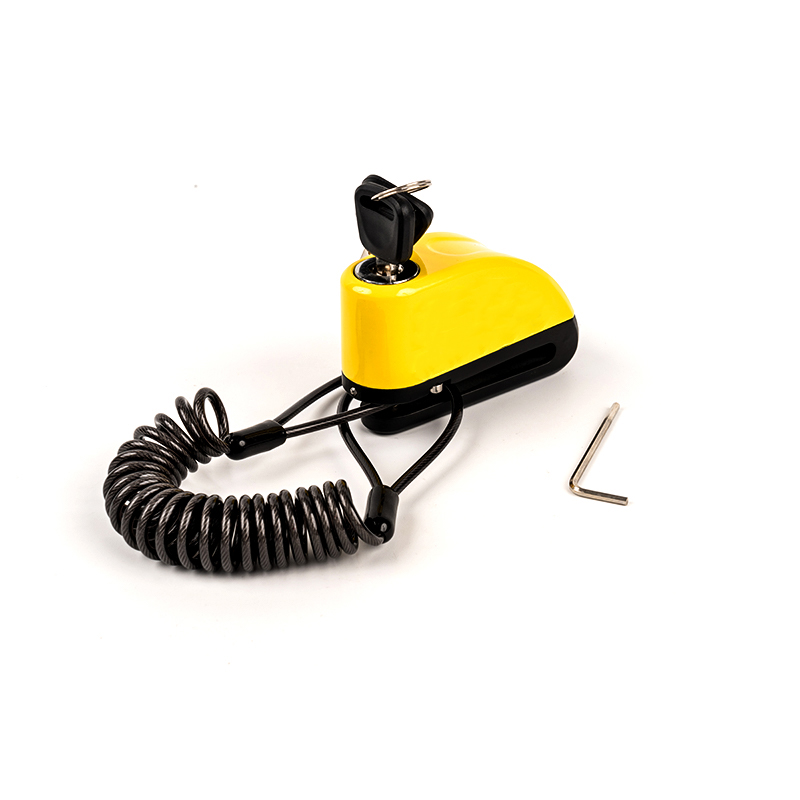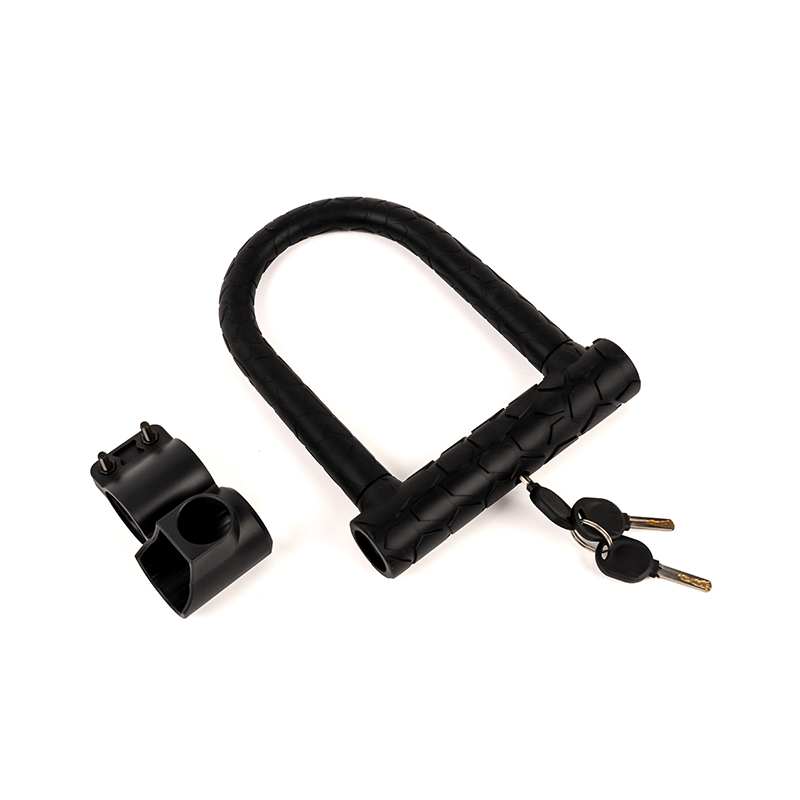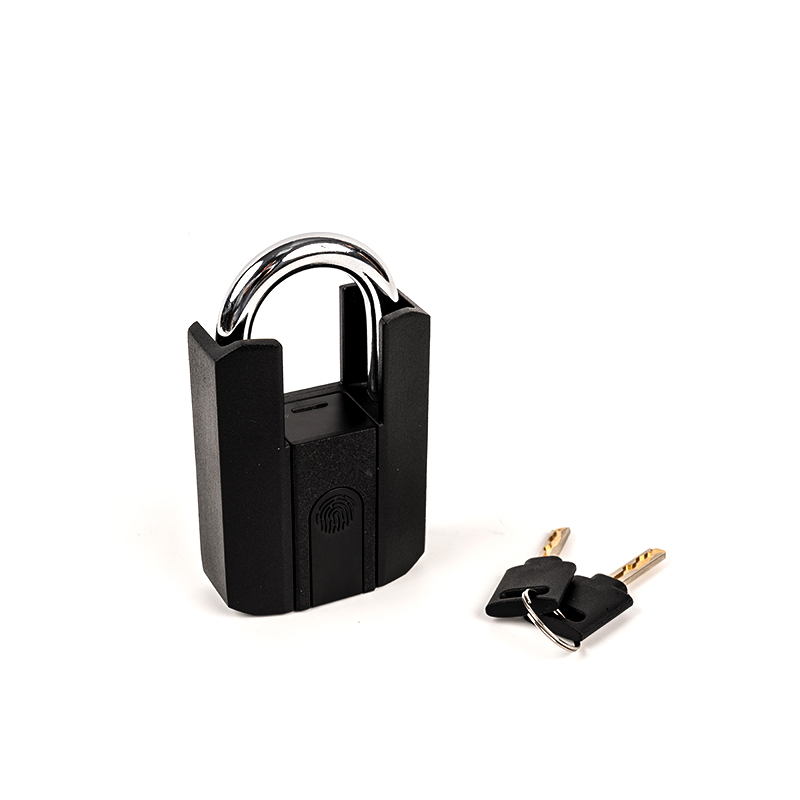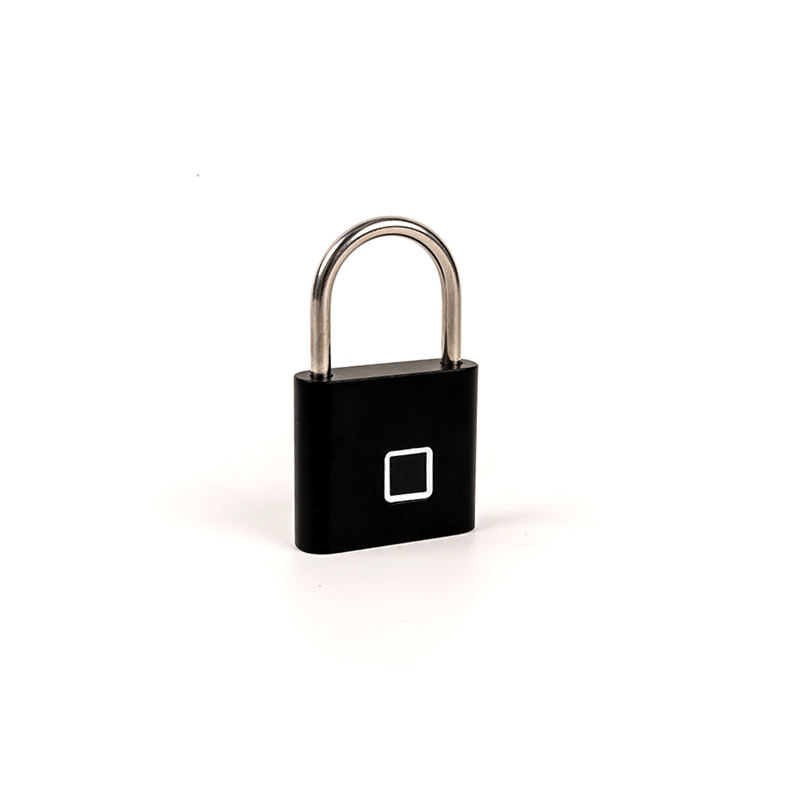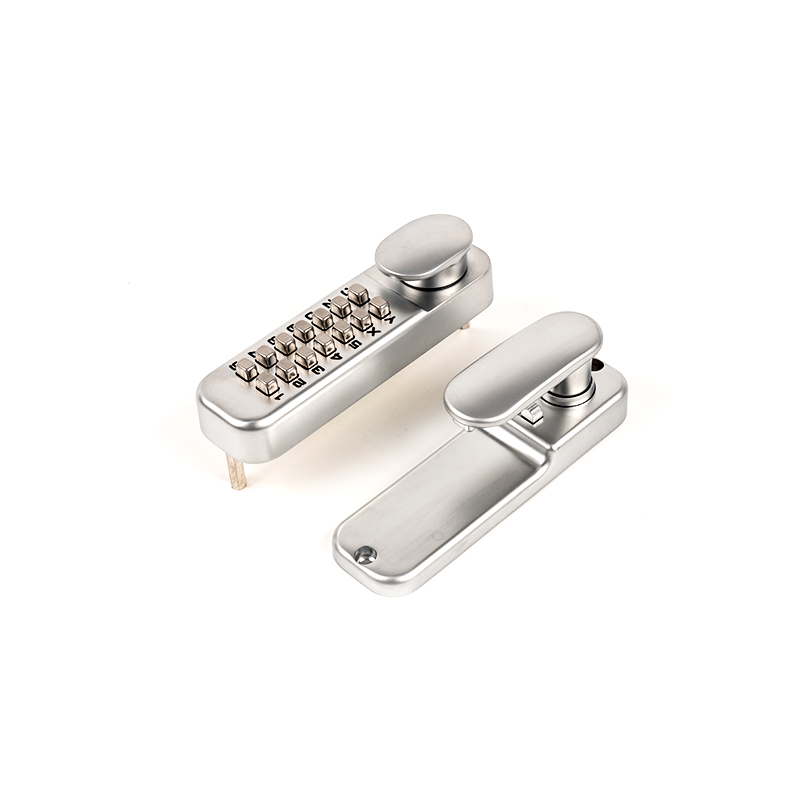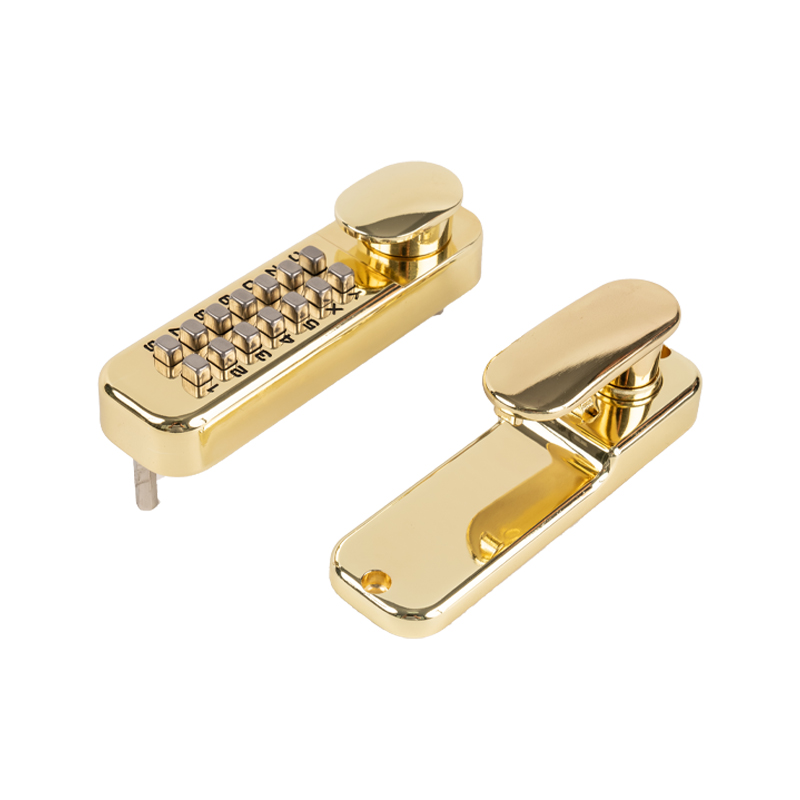U-locks, as anti-theft tools for valuables like bicycles, are exposed to harsh environments such as rain, salt spray, and sunlight. Rust prevention is crucial to ensuring their security.
1. High-Performance Anti-Rust Coating
Using specialized anti-rust paint or rust inhibitors, a dense protective film is formed on the metal surface, preventing oxygen and moisture from penetrating, thereby inhibiting corrosion.
This coating offers excellent chemical resistance and provides long-term protection in environments such as acids, alkalis, and salt spray.
2. Powder Coating
Applied via electrostatic spraying and then heat-cured, the powder coating creates a hard, uniform protective layer that provides both rust and wear resistance and aesthetic appeal.
This process is solvent-free and has a high recovery rate, making it suitable for mass-produced U-locks.
3. Galvanized/Chromium Plating/Stainless Steel
Hot-dip galvanizing or electroplating chrome on the lock body creates a metallic oxide layer on the metal surface, providing a primary barrier against rust. Made of high-strength stainless steel (such as 304 and 316), U-lock is naturally corrosion-resistant and is particularly suitable for use in humid or salt-spray environments.
4. Daily Maintenance and Protection
Regularly maintain the lock body with rust-proof oil or moisture-proof spray, especially after use during the rainy season or near the sea.
Store the U-lock in a dry, ventilated environment, avoiding prolonged immersion or direct exposure to rain.
How Does the Lock Cylinder Work?
The core security component of the U-lock is the lock cylinder (also known as the pin cylinder or cylinder), whose working principle determines the lock's anti-pry performance.
1. Basic Structure
The lock cylinder consists of a cylindrical shell, several round pins (or discs), and a stopper. The pins are arranged along the axis of the lock cylinder, with each pin corresponding to a groove or protrusion on the key.
2. Key Insertion and Turning
When the key is correctly inserted, the cut surface of the key pushes the pins up or down axially, aligning the grooves on the top of the pins with the alignment grooves inside the lock body. Only when all pins are in place simultaneously can a continuous path be formed.
3. Bullet Release and Rotation Mechanism
When all pins are aligned, the pins push a stopper (such as a spring or block) inside the lock cylinder into the released position, releasing the lock on the rotating shaft. The lock cylinder can now rotate freely, driving the U-shaped lever of the U-lock to open or close.
4. High-Security Design - Double-Row Bullet Cylinder
Some U-locks produced by NINGBO JINTA IMPORT AND EXPORT CO., LTD. utilize a double-row bullet cylinder, meaning two layers of pins are placed within the same lock cylinder. This increases the complexity of key matching and further enhances anti-pry performance.

 English
English русский
русский Español
Español عربى
عربى